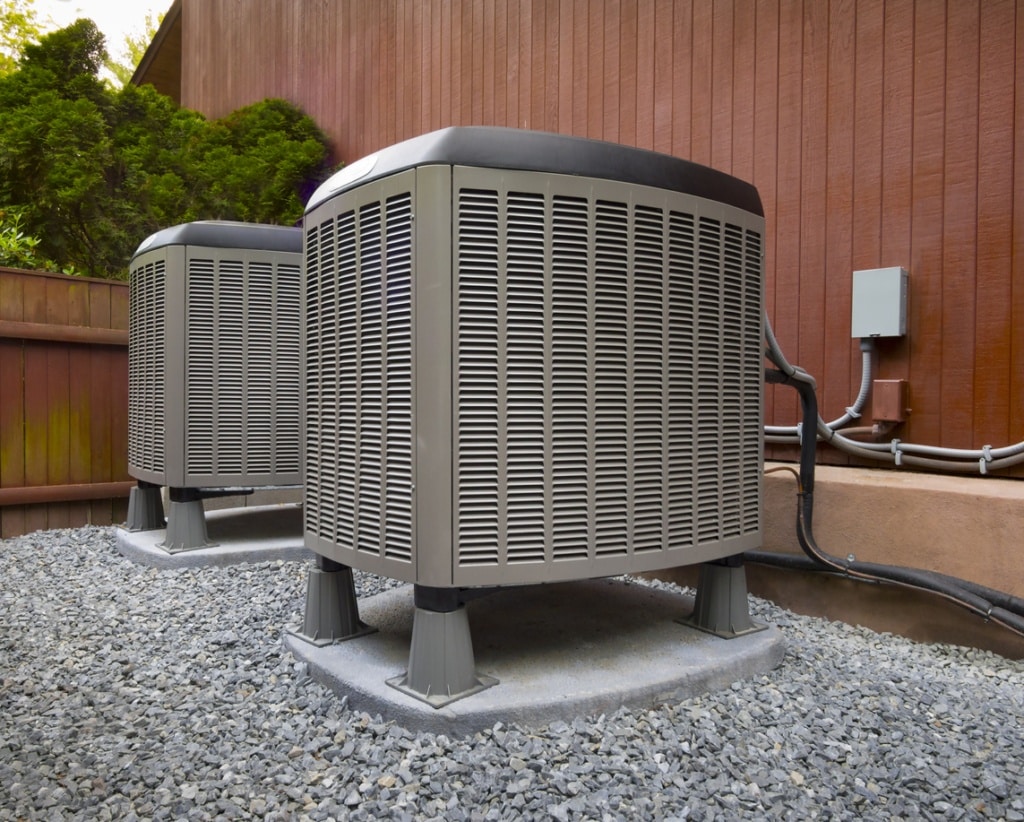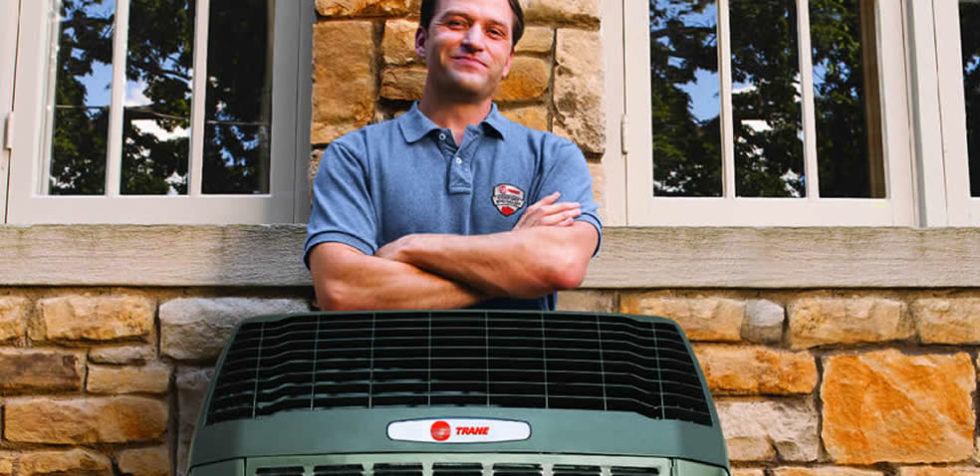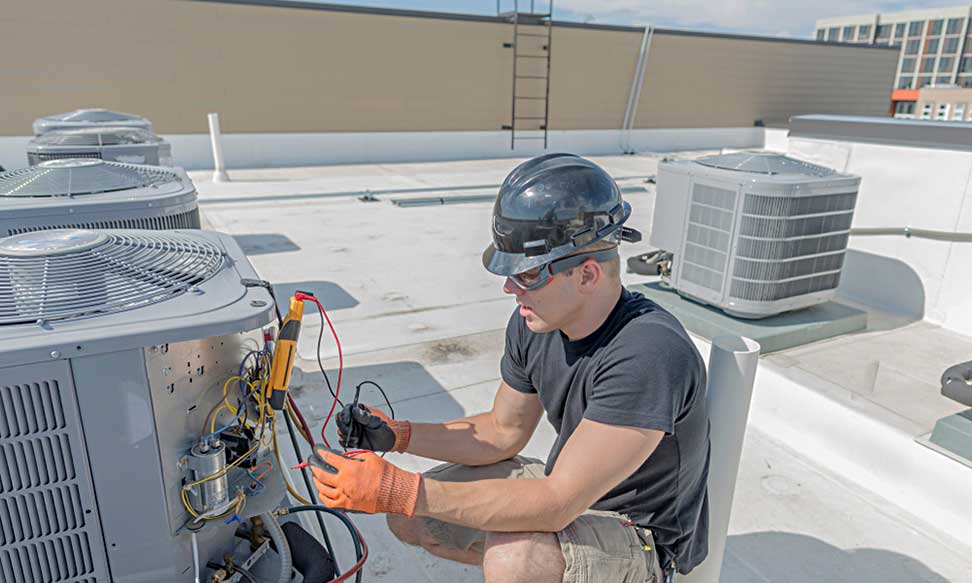Heat Pump Installation Virginia Beach Va

Heat Pump Installation Virginia Beach VA: A Homeowner's Guide
Considering a heat pump for your Virginia Beach home? You're on the right track! Heat pumps offer efficient heating and cooling, making them a popular choice for our climate. This guide will walk you through the basics of heat pump installation in Virginia Beach VA, covering everything from preparation to troubleshooting. Whether you're a seasoned DIYer or just curious about the process, this information will help you make informed decisions.
Understanding Heat Pumps
Before diving into installation, let's briefly review what a heat pump is and how it works. A heat pump essentially moves heat rather than generating it. In the summer, it extracts heat from inside your home and releases it outdoors, acting like an air conditioner. In the winter, it reverses the process, drawing heat from the outside air (even when it's cold!) and transferring it inside. There are several types of heat pumps, including air-source, geothermal, and ductless mini-splits. This guide primarily focuses on air-source heat pumps, the most common type in Virginia Beach.
Is DIY Installation Right for You?
While some minor HVAC tasks can be tackled by homeowners, heat pump installation is generally a complex and potentially dangerous undertaking. It involves electrical work, refrigerant handling, and precise mechanical connections. Improper installation can lead to system inefficiencies, costly repairs, and even safety hazards. Weigh the pros and cons carefully before deciding to DIY.
Reasons to call a professional:
- You're not comfortable working with electricity.
- You lack experience with HVAC systems.
- Your existing ductwork needs modification.
- You're unsure about local building codes and permits.
- You want to ensure proper refrigerant handling.
Reasons to consider some DIY tasks (with professional guidance):
- Preparing the installation site.
- Minor ductwork cleaning or sealing.
- Running electrical wiring to the disconnect box (with proper permits and inspections).
Heat Pump Installation Steps: A General Overview
Here's a simplified overview of the typical heat pump installation process. Keep in mind that specific steps may vary depending on the type of heat pump and your home's setup.
- Planning and Preparation: This involves assessing your heating and cooling needs, selecting the right size heat pump, obtaining necessary permits, and preparing the installation site. This includes clearing any obstructions and ensuring adequate space for the indoor and outdoor units.
- Disconnecting the Old System: If you're replacing an existing HVAC system, the old unit needs to be safely disconnected and removed. This often involves disconnecting electrical wiring and refrigerant lines. Always de-energize the circuit breaker before working with electrical components.
- Installing the Outdoor Unit: The outdoor unit, also known as the condenser, is typically placed on a concrete pad or mounting brackets. Proper leveling is crucial for efficient operation.
- Installing the Indoor Unit: The indoor unit, also known as the air handler, is usually installed in the attic, basement, or a closet. It's connected to the ductwork and handles the distribution of heated or cooled air throughout your home.
- Connecting Refrigerant Lines: Copper refrigerant lines connect the indoor and outdoor units, allowing refrigerant to flow between them. These lines must be properly insulated and sealed to prevent leaks. This step requires specialized tools and expertise.
- Electrical Connections: Electrical wiring connects the indoor and outdoor units to the main power supply. This includes wiring the control panel, thermostat, and disconnect switch.
- Vacuuming and Charging Refrigerant: After the connections are made, the system needs to be evacuated to remove air and moisture. Then, the correct amount of refrigerant is charged into the system. This requires specialized equipment and certification.
- Testing and Calibration: The final step involves testing the system to ensure it's operating correctly. This includes checking the airflow, temperature, and pressure readings. The thermostat also needs to be calibrated for optimal performance.
Essential Tools and Materials
If you're planning to assist with any part of the installation or simply want to understand the process better, here's a list of common tools and materials:
- Safety Gear: Safety glasses, gloves, hearing protection.
- Hand Tools: Wrenches, screwdrivers, pliers, wire strippers, pipe cutters, level.
- Power Tools: Drill, saw, vacuum pump, manifold gauge set (for refrigerant work - requires certification).
- Materials: Copper tubing, fittings, insulation, electrical wiring, circuit breakers, disconnect switch, concrete pad or mounting brackets, refrigerant (requires certification).
- Testing Equipment: Multimeter, thermometer.
Important Safety Tip: Always disconnect the power supply before working on any electrical components. If you're not comfortable working with electricity, hire a qualified electrician.
Common Installation Issues and Troubleshooting
Even with careful planning, installation issues can arise. Here are some common problems and potential solutions:
- Refrigerant Leaks: Evidenced by reduced cooling or heating performance. Requires professional repair and refrigerant recharge.
- Electrical Problems: Tripped circuit breakers, faulty wiring. Consult a qualified electrician.
- Airflow Issues: Insufficient airflow from vents. Check for blocked ducts, dirty filters, or improperly sized ductwork.
- Thermostat Problems: Incorrect temperature readings, unresponsive controls. Check the thermostat wiring and settings.
- Noise Issues: Unusual noises from the indoor or outdoor unit. Could indicate a mechanical problem. Consult a qualified technician.
Understanding Virginia Beach Building Codes and Permits
Before installing a heat pump, it's crucial to obtain the necessary permits from the City of Virginia Beach. Building codes are in place to ensure safety and proper installation. Contact the Virginia Beach Department of Planning and Community Development for information on permit requirements and inspections. Ignoring these regulations can result in fines and delays.
Estimating Heat Pump Installation Costs in Virginia Beach
The cost of heat pump installation in Virginia Beach VA can vary widely depending on several factors, including:
- The size and type of heat pump.
- The complexity of the installation.
- The condition of your existing ductwork.
- Labor costs.
- Permit fees.
As a general guideline, you can expect to pay between $4,000 and $10,000 for a complete heat pump installation. Getting multiple quotes from qualified HVAC contractors is essential to compare pricing and services.
Choosing the Right HVAC Contractor in Virginia Beach
Selecting the right HVAC contractor is crucial for a successful heat pump installation. Here are some tips to help you make the best choice:
- Check for licenses and insurance: Ensure the contractor is properly licensed and insured to work in Virginia Beach.
- Read online reviews: See what other customers have to say about their experience with the contractor.
- Get multiple quotes: Compare pricing and services from at least three different contractors.
- Ask for references: Contact previous customers to inquire about their satisfaction.
- Verify EPA Certification: Ensure the contractor is EPA-certified to handle refrigerants. This is especially important for heat pump installations.
Maintenance Tips for Heat Pumps
Once your heat pump is installed, regular maintenance is essential to ensure optimal performance and longevity. Here are some key maintenance tasks:
- Change air filters regularly: Dirty filters restrict airflow and reduce efficiency. Replace the filter every 1-3 months, depending on usage.
- Clean the outdoor unit: Remove leaves, debris, and other obstructions from around the outdoor unit.
- Schedule professional maintenance: Have a qualified HVAC technician inspect and service your heat pump at least once a year.
Conclusion: Making the Right Choice for Your Home
Heat pump installation in Virginia Beach VA is a significant investment, but it can provide efficient and reliable heating and cooling for your home. By understanding the installation process, costs, and maintenance requirements, you can make informed decisions and ensure a comfortable and energy-efficient living environment. While DIY projects can be tempting, it's often best to leave complex installations to qualified professionals. Remember to prioritize safety and obtain the necessary permits before starting any work.
When you need help with heat pump installation in Virginia Beach VA, don't hesitate to call a trusted HVAC professional for a consultation and estimate.










